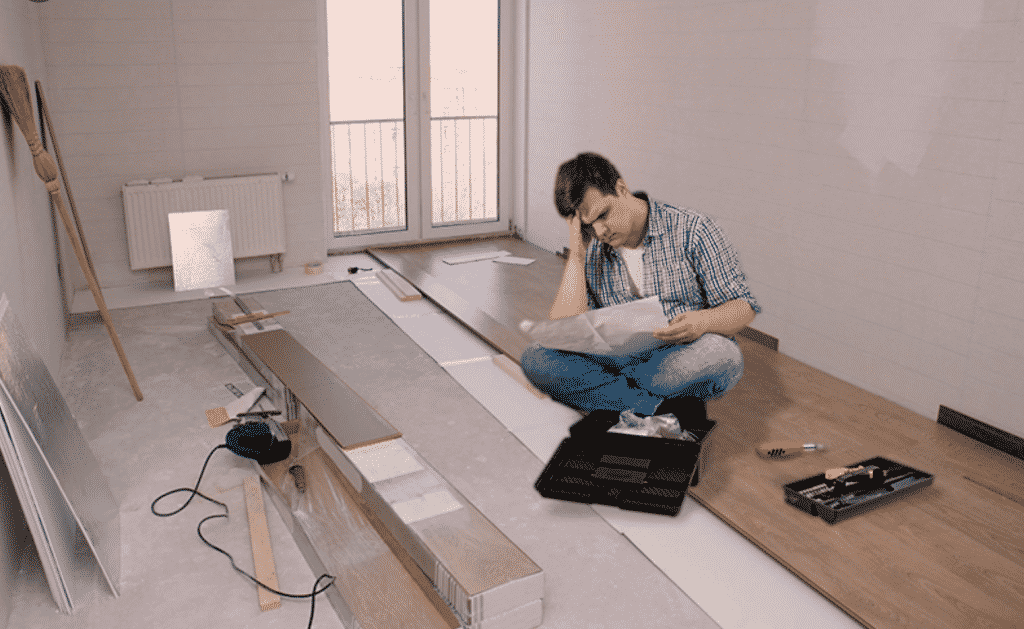If you are looking to buy new flooring for your home, consider LVT floors. This type of flooring is made from natural materials and installs much like traditional laminate or hardwood. If you are thinking about installing this type of flooring in your home, there are a few things that you need to know before doing so. Read on to learn more about what you should be considering before installing LVT floors in your home from an LVT flooring company!
What is LVT Flooring?
LVT flooring stands for “luxury vinyl tiles.” This type of flooring is made from polyvinyl chloride or PVC. It can be glued down or floated and comes in a sheet similar to traditional hardwood floors. LVT flooring typically has an embossed wood grain finish on top but can also come in other patterns such as stone tile design, marble lookalikes, and even brick finishes!
Advantages of LVT Flooring
Water-resistant: Because the surface of this type of floor is sealed with a protective layer, it won’t allow water penetration which enables them to resist moisture well, making them easy to clean up spills. Their waterproof nature makes them perfect for kitchens where there are high levels of moisture and humidity. They are also a great option for bathrooms!
Easy to clean: In addition to being water-resistant, LVT floors are easy to maintain because they can be swept or vacuumed without having the risk of scratches that laminate flooring has. Also, unlike hardwood floors, you don’t need special cleaners, making them even easier to keep clean!
Disadvantages of LVT Flooring
One major drawback is that these floors aren’t soft underfoot like carpet would be, so people with sensitive feet may not enjoy walking on this type of surface very much. Additionally, many consumers complain about how affordable this product is as it’s considered “cheap” compared to other options such as real wood flooring.
How to Install an LVT Floor
Installation of this product is fairly simple and doesn’t require highly trained professionals so that do-it-yourselfers can tackle the project themselves with ease! You’ll need to consider the key thing before installing your new flooring is making sure that it’s installed on a level surface. If there are any bumps or dips in the floor, they will be very noticeable once the vinyl tiles have been laid down, which would ruin their sleek look. It should also be noted that because these floors come in large sheets, installation requires precise cuts for patterns to line up properly across long stretches of space. Otherwise, it may become obvious where seams were made if done incorrectly.
Maintenance for Your New LVT Floors
After installation, the only thing that you’ll need to do is sweep or vacuum your floor regularly like you would with any other type of hard surface. Over time, these floors can become scratched if furniture legs are dragged across them without having felt pads attached first. However, this isn’t a major concern because it’s typically not noticeable once rugs and furniture have been placed on top, which will ultimately protect your new LVT floors from getting worn down over time!
How To Choose The Right Color And Pattern For Your Business
With so many different patterns and colors available, choosing the right one for your business can be hard! If you’re looking to give a room or hallway an industrial look, consider using brick-style vinyl flooring. Stone tile design is perfect for bathrooms because it creates the illusion of marble without needing expensive materials that could easily break if dropped accidentally. Patterned styles are great options, but make sure to balance them with other neutral elements such as furniture pieces, wall decor items, etc.
With all the information you have now on LVT flooring, it should be a little easier to decide if this is right for your business. It may take some time and research, but once you’ve chosen an option that works well with your needs, installing an LVT floor will provide many benefits. This includes being environmentally friendly and providing a durable, long-lasting product that can reduce cleaning costs.

